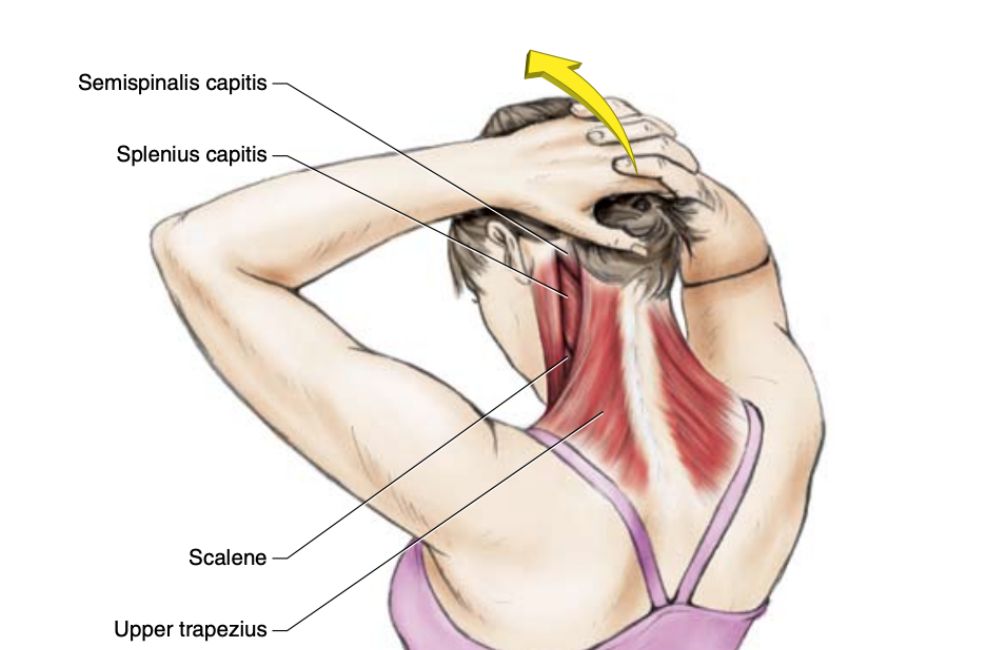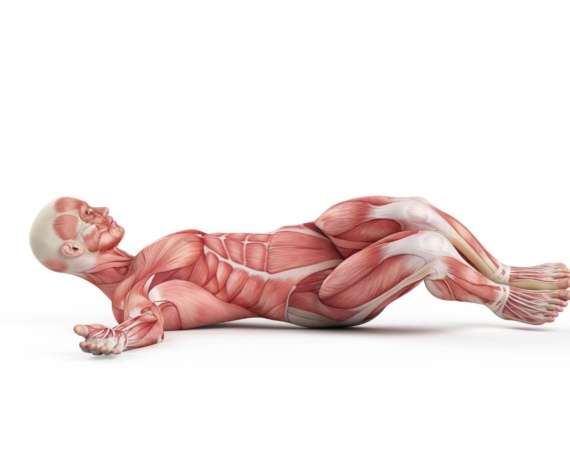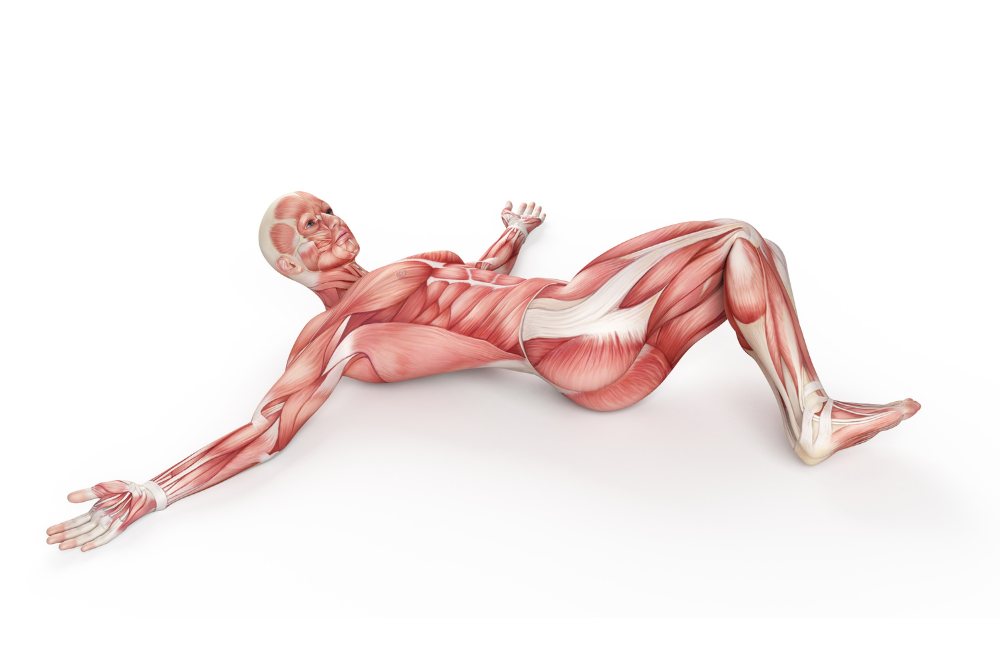
For someone who’s never experienced low back pain, it’s difficult to fully convey just how devastating this condition can be. Literally, any movement can cause unbearable, shooting pain in the back and legs.
In some cases, it can even be impossible to find a comfortable position. This makes sleeping and recovering a monumental task.
Plus, the fear of reproducing the pain often makes us more guarded. This, in turn, leads to increased stiffness. Stiffness then causes worse problems down the road.
Luckily, there are a few key stretches that can significantly help with many different types of agonizing low back pain.
Active Rest for Low Back Pain
Conventional wisdom suggests that rest is the best option for most injuries. I have no issues with this advice.
Sometimes, we do need to “shut it down” completely and let our bodies heal. However, newer research indicates that movement can help significantly when one experiences intense low back pain.
This concept is referred to as “active rest”. Essentially, this means performing light movements that encourage blood flow to injured tissues. Often, this can lead to better healing and a quicker return to the activities we love.
In this article, I’ll highlight some of my favorite low-back stretches that can be used as a part of your active rest routine. The next time you experience back pain, try these movements out and see how you feel!
Top 6 Best Lower Back Stretches
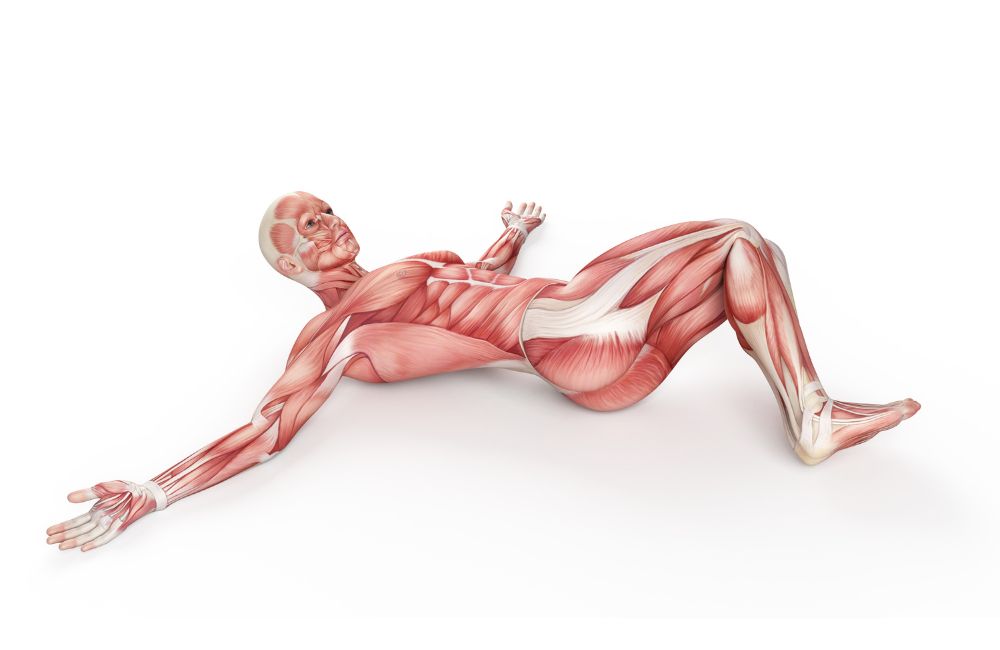
Now, without further ado, let’s take a look at some of the best stretches for reducing serious low back pain.
1. Child’s Pose With Side-bend
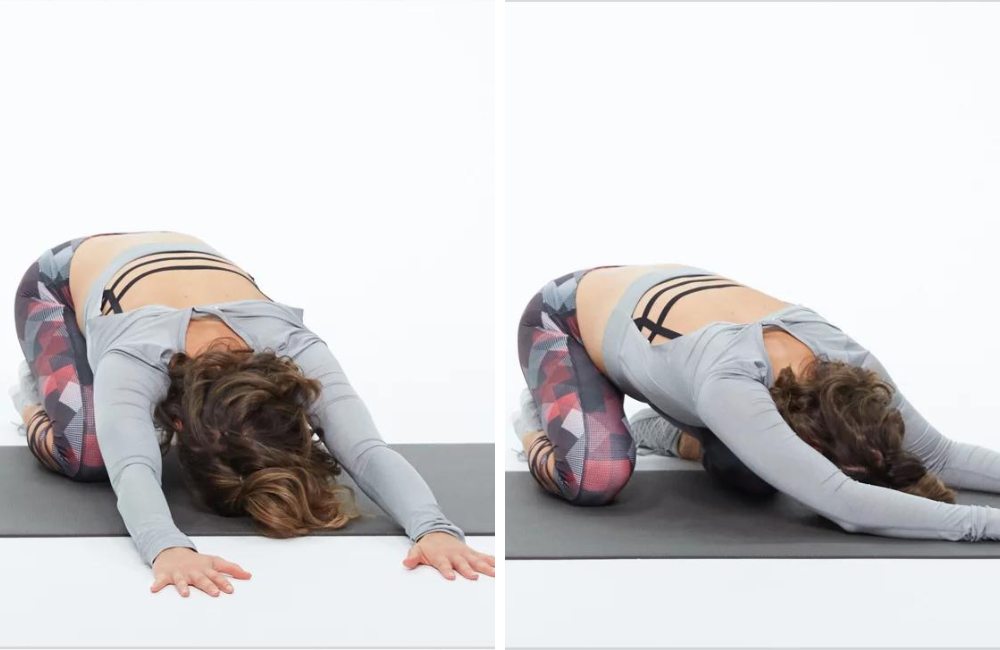
Child’s pose is one of the most well-known yoga stretches in existence. This stretch is terrific for the whole body. Plus, it is a great position for meditating and encouraging calmness throughout your entire system.
This variation on the traditional child’s pose adds an extra stretch to the lats. It’s perfect for low back pain sufferers!
How to Perform:
- Place your hands and knees on the floor.
- Next, place your left hand on top of your right and sit back, attempting to place your buttocks on your ankles.
- Hold this position for 30 seconds.
- Repeat 4 times on each side, once per day.
2. Trunk Flexion in Standing
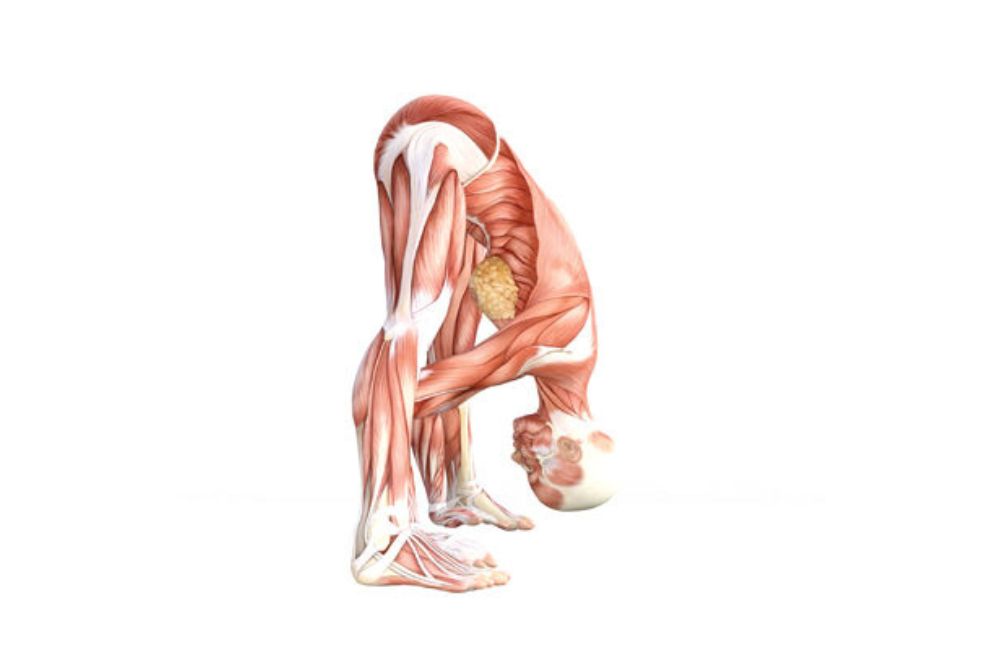
For some people with back pain, bending forward is a scary prospect. However, it’s essential that you slowly reintroduce this motion, when you are able to.
Trunk flexion in standing is a great way to lightly stretch out the posterior chain of your body. This will loosen up many of the tissues that connect to your low back.
How to Perform:
- With feet about hip-width apart, begin by bending your knees slightly.
- Next, slowly fold forward, reaching your hands down toward the ground.
- Once you’ve gone as far as you can, hold this position for 30 seconds, then slowly roll back up to the starting position.
- Repeat 4 times per day.
3. Quadratus Lumborum Release in Standing
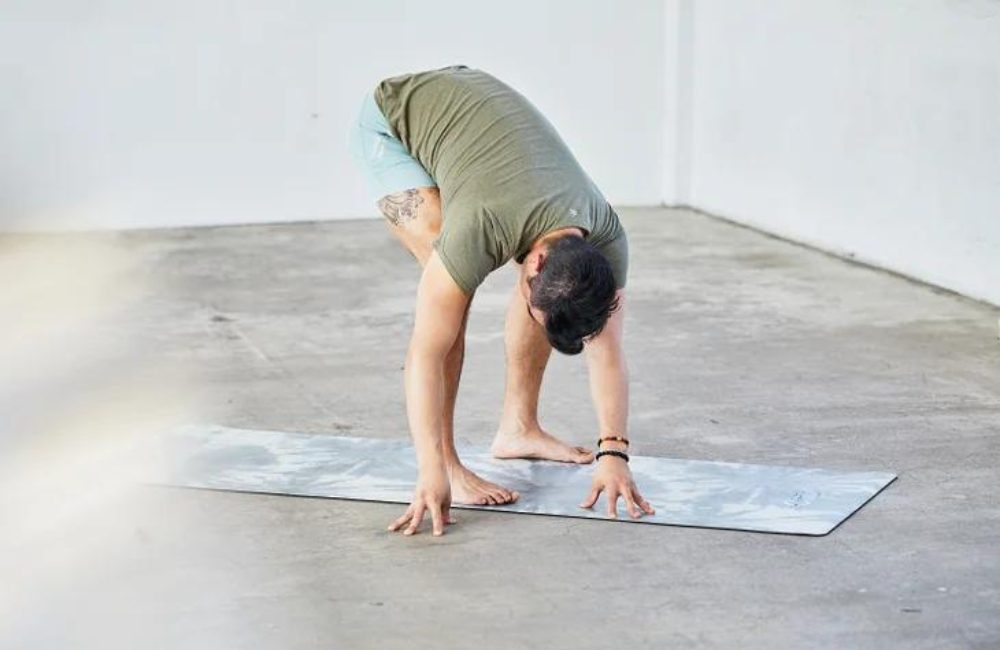
The quadratus lumborum (often referred to as simply the QL) is a key muscle that can contribute to back pain.
In many cases, by stretching out this muscle daily, you’ll slowly, but surely, start to feel relief from your back pain symptoms.
How to Perform:
- Start standing, with your knees slightly bent and your feet about hip-width apart.
- Slowly, fold forward, much as you did during the “trunk flexion in standing” stretch.
- Next, crawl your hands to the right, biasing your left QL muscle.
- Hold this position for 30 seconds, return to standing, and repeat 4 times on each side daily.
4. Bridges
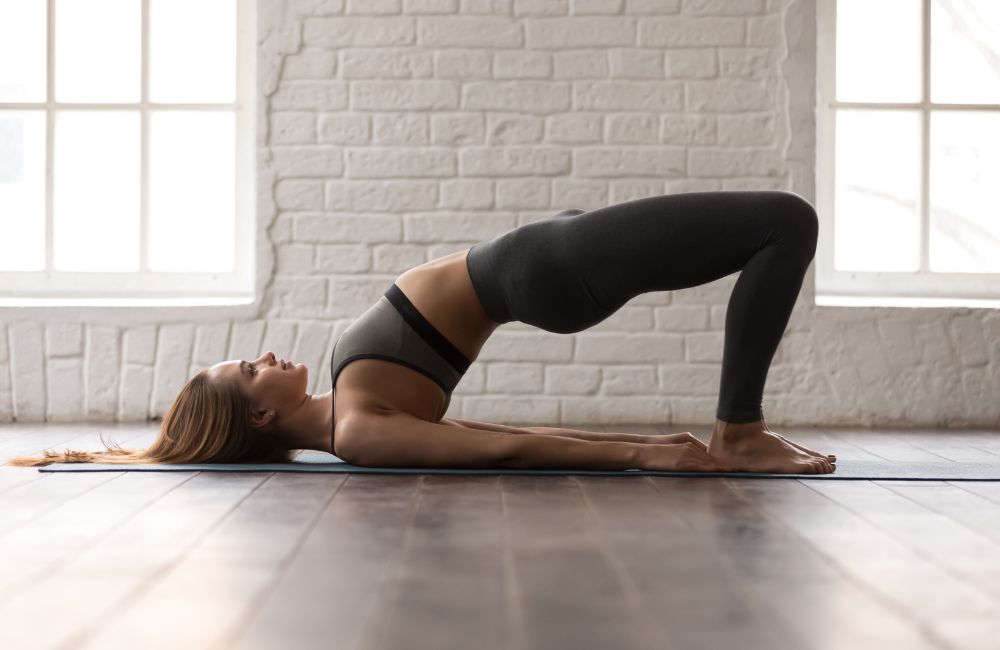
Bridges are a unique exercise. This move serves as both a strengthening and stretching movement, all in one.
By performing this move regularly, you’ll increase the stability of your back and hips, lessening the chances of experiencing back pain again in the future.
How to Perform:
- Lie on your back, with your knees bent and your feet flat on the floor.
- Slowly, lift your hips up toward the ceiling by squeezing your glute muscles.
- Hold the top position for 10 seconds, then slowly return to the floor.
- Repeat 10 times per day.
5. Donkey Kick Hold
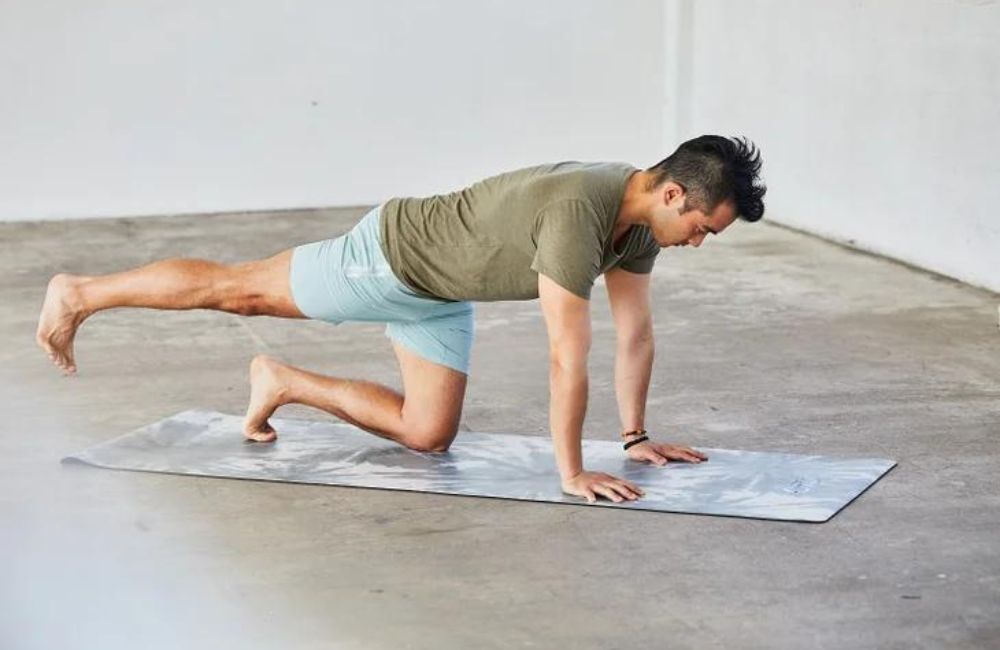
Donkey kicks are perfect for strengthening the muscles of the lower body. Also, they can serve to increase the strength of the core musculature.
For this reason, all back pain sufferers should consider incorporating this exercise into their routine.
How to Perform:
- Start on your hands and knees, with your knees directly under your hips and your hands directly under your shoulders.
- Next, kick your right leg back behind you, keeping it in line with your body.
- Hold this position for 10 seconds, return the right knee to the starting position, and repeat on the other side. Complete 10 reps per side, once per day.
6. Dead Bugs
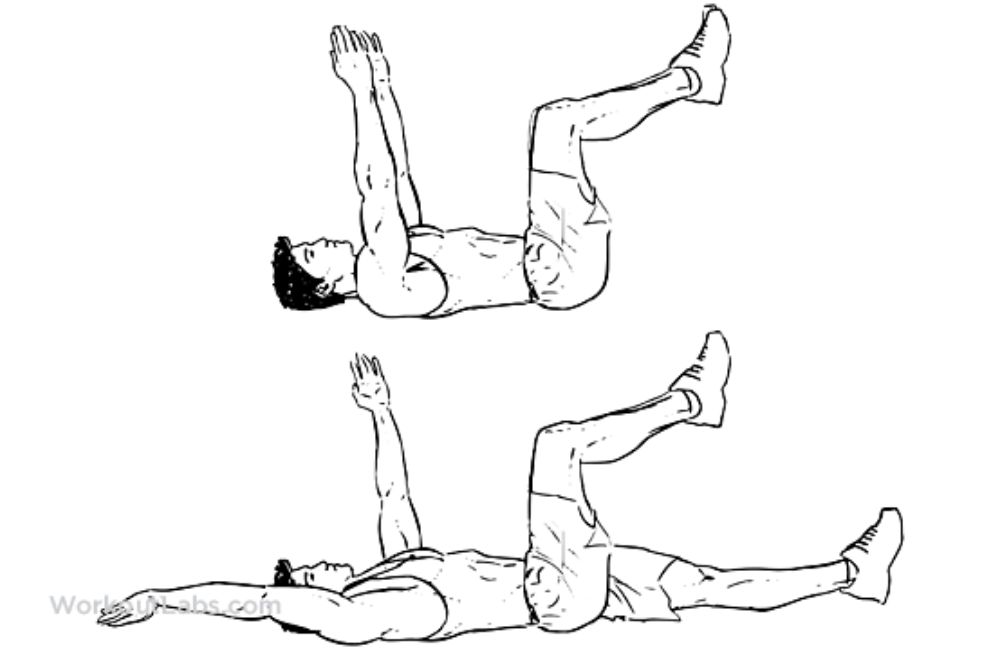
This exercise may sound silly, but it’s one of the better moves for increasing core stability. Don’t believe me? Try it out for yourself!
How to Perform:
- Lie on your back with your knees bent and your feet flat on the floor.
- Then, reach your hands toward the ceiling as you lift your feet off of the floor.
- Now comes the tricky part: extend your right arm back behind your head as you kick your left leg straight.
- Then, return to the starting position and repeat on the other side.
- Complete 10 reps per side, once per day.
Conclusion
Back pain is a debilitating condition that requires a quick, effective cure. While all different cases of back pain may require different plans of care, many cases of lumbago are resolved with exercises like the ones listed above.
If you’ve tried everything for your back pain and aren’t sure where to turn, try this routine out for yourself!

